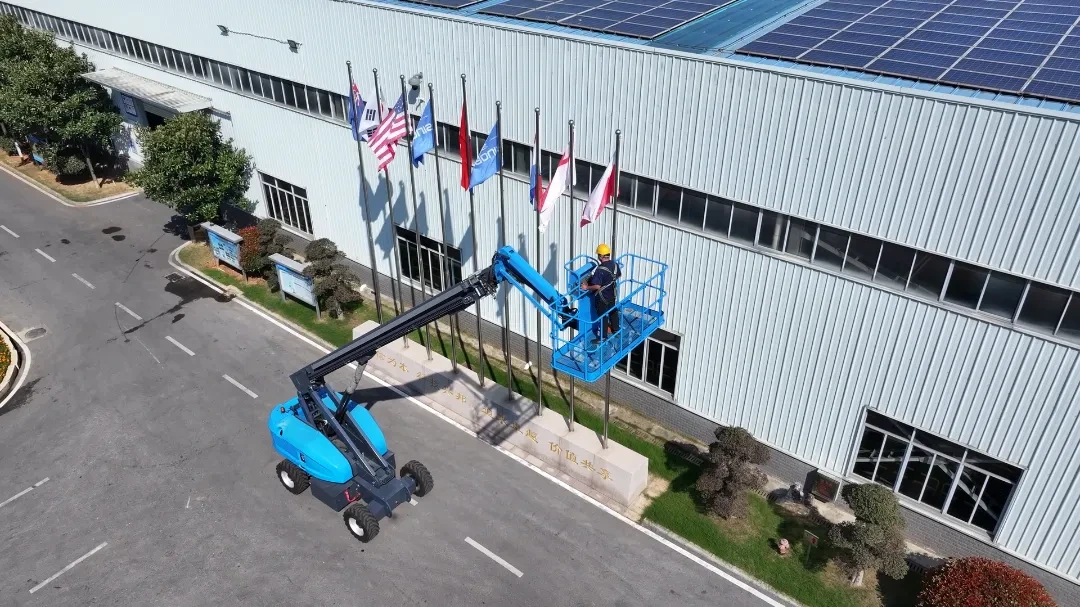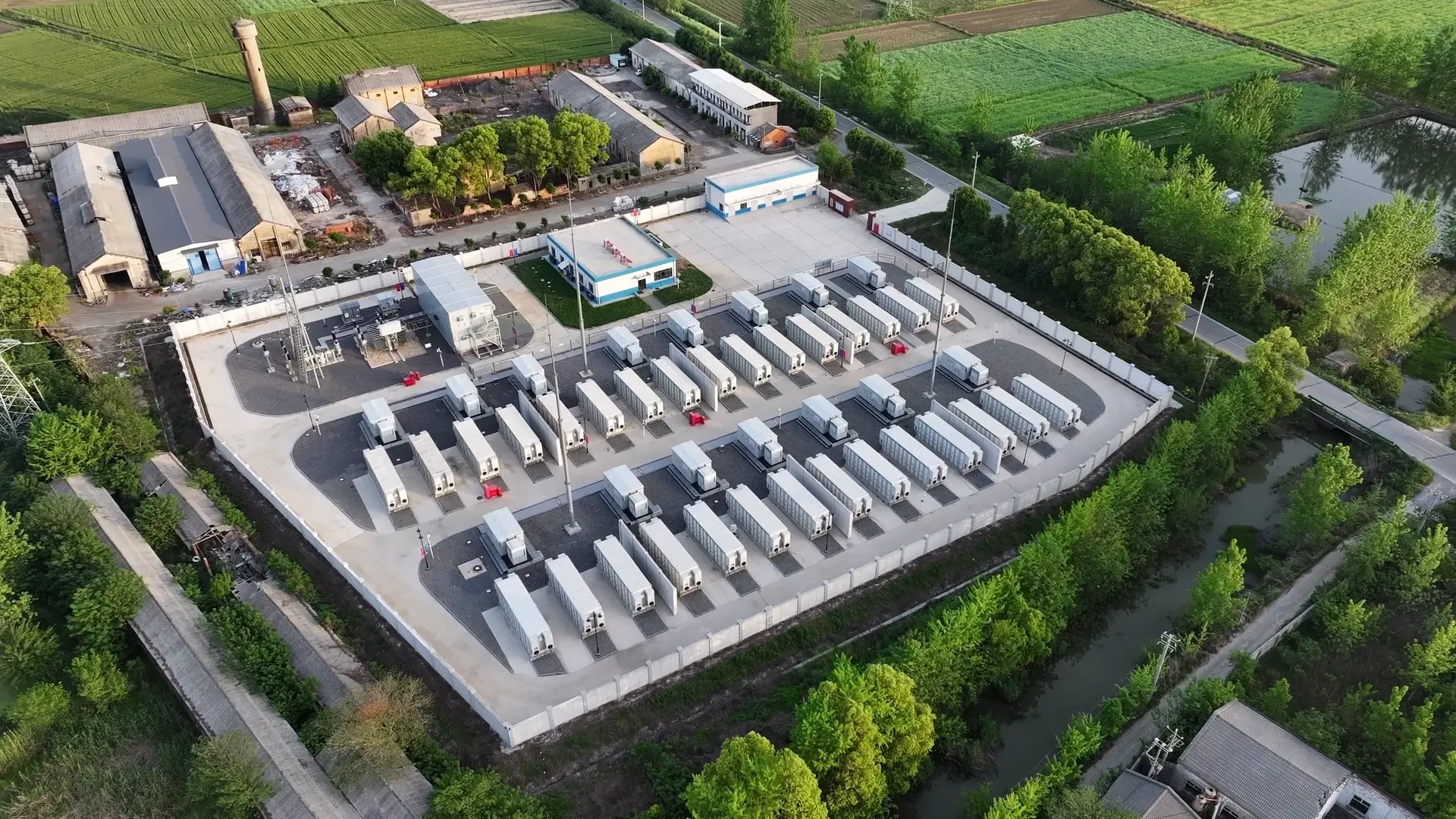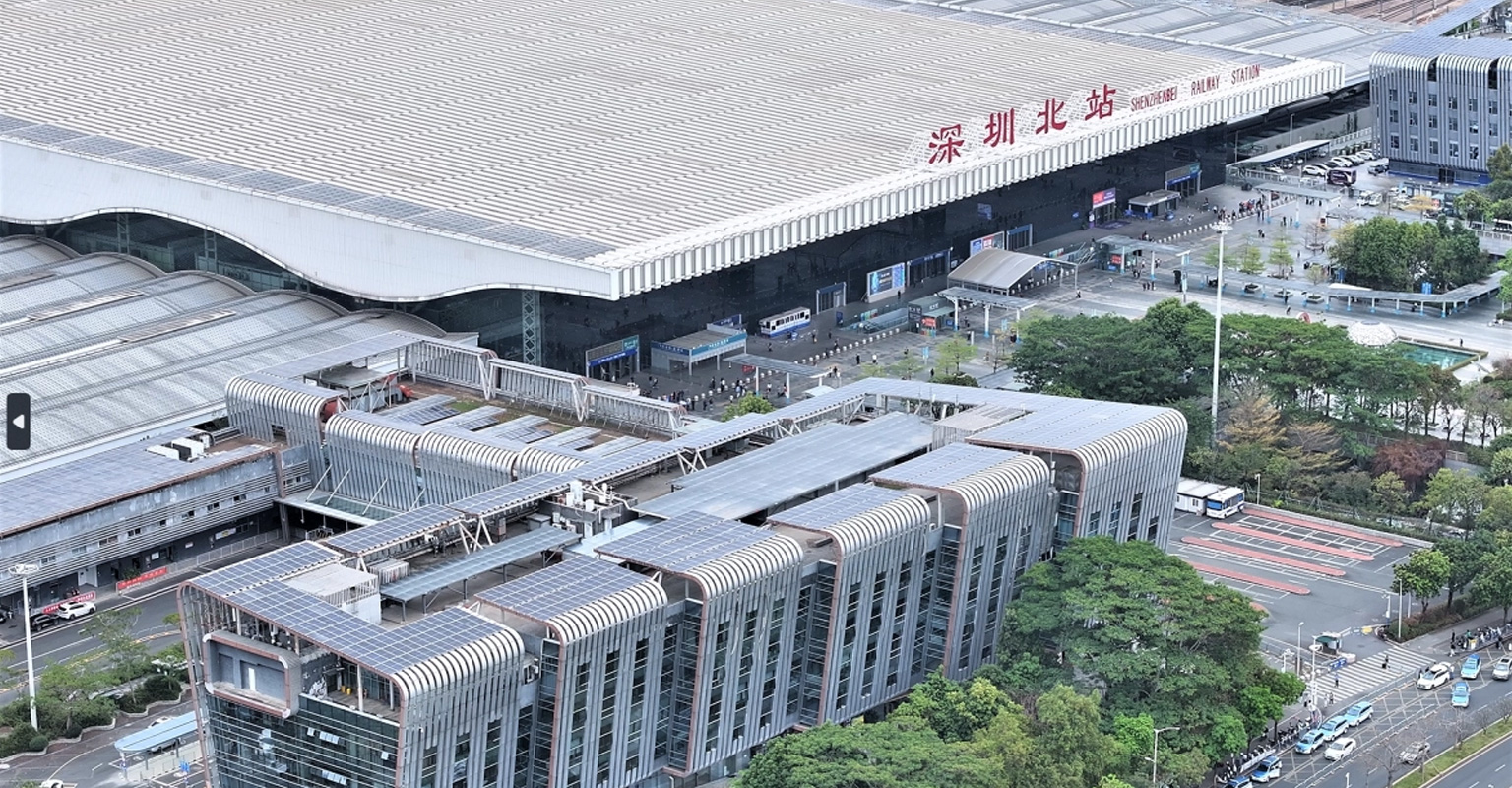Why Telecom Battery Maintenance Matters
In today’s telecom networks, reliable power supply is crucial. Telecom batteries play a critical role in ensuring continuous network operations across base stations, small data centers, and remote sites. Traditional maintenance methods—scheduled inspections and reactive replacements—often fail to fully address the challenges of cost and unexpected downtime.
Enter predictive maintenance: a data-driven approach that not only monitors battery health in real-time but also forecasts potential failures, helping telecom operators reduce costs and prevent service interruptions.
Traditional Maintenance – Challenges and Limitations
Traditional telecom battery maintenance usually follows a fixed schedule: batteries are inspected and replaced at set intervals regardless of actual condition. While simple, this method has several drawbacks:
● Over-maintenance: Batteries may be replaced earlier than necessary, increasing unnecessary costs.
● Reactive approach: Failures are often discovered only after downtime occurs, risking network disruption.
● High labor and travel costs: Especially significant for remote or harsh-environment sites.
● Limited data insight: Maintenance decisions rely on manual checks and experience rather than real-time battery health data.
Overall, traditional maintenance can be costly, inefficient, and risky for network reliability.
Predictive Maintenance – A Data-Driven Approach
Predictive maintenance uses batteries with smart BMS (Battery Management Systems) and advanced analytics to monitor batteries continuously. Key features include:
● Real-time monitoring: Voltage, current, temperature, and internal resistance are tracked to identify early signs of battery degradation.
● AI and data analytics: Predictive algorithms forecast battery lifespan and potential failures.
● Remote diagnostics and alerts: Operators receive warnings before problems escalate, allowing proactive maintenance.
● Optimized battery lifecycle: Batteries are replaced only when necessary, extending useful life and reducing waste.
By switching to predictive maintenance, operators gain higher reliability, lower costs, and improved efficiency.
OPEX Impact – Comparing Costs and Efficiency
Let’s compare traditional maintenance vs. predictive maintenance in terms of OPEX and network performance:
|
Traditional Maintenance |
Predictive Maintenance |
|
|
Labor & Travel Costs |
High, frequent inspections |
Reduced, targeted maintenance |
|
Downtime Risk |
Reactive, higher risk of service interruption |
Proactive, minimized downtime |
|
Battery Replacement Frequency |
Often excessive |
Optimized based on real data |
|
Network Reliability |
Lower |
Higher |
|
Overall OPEX |
Higher |
Lower |
Switching to predictive maintenance can significantly reduce operational costs while improving network reliability and battery lifecycle.
Real-World Applications
Predictive maintenance proves especially valuable in several real-world scenarios:
Remote telecom sites
Operators often face challenges reaching distant or hard-to-access locations. Predictive maintenance reduces the need for frequent on-site visits by continuously monitoring battery health remotely, saving time and travel costs.
Large-scale networks
For operators managing hundreds or thousands of sites, traditional maintenance can be costly and inefficient. By optimizing maintenance schedules based on actual battery conditions, predictive maintenance can help save millions in operational expenses (OPEX) while maintaining network performance.
Harsh environments
Batteries installed in areas with high temperatures, extreme weather, or challenging conditions are more prone to degradation. Predictive maintenance continuously tracks key battery metrics, detecting potential issues before they lead to failures and ensuring reliable power even in demanding environments.
By adopting predictive maintenance, telecom operators can achieve significant cost savings while also enhancing the reliability of their network services, creating a more efficient and proactive approach to battery management.
Conclusion
Predictive maintenance is quickly becoming the standard for telecom battery management. By leveraging smart BMS, real-time monitoring, and AI-driven analytics, telecom operators can:
● Reduce operational expenses (OPEX)
● Minimize unplanned downtime
● Extend battery lifespan
● Optimize overall network reliability
For telecom operators seeking a smarter, safer, and more cost-effective battery solution, adopting predictive maintenance is a clear path to success. Explore our samrt battery products with predictive maintenance features.




























 2025-09-25
2025-09-25 Name
Name Tel
Tel Email
Email Country
Country Company
Company Information
Information